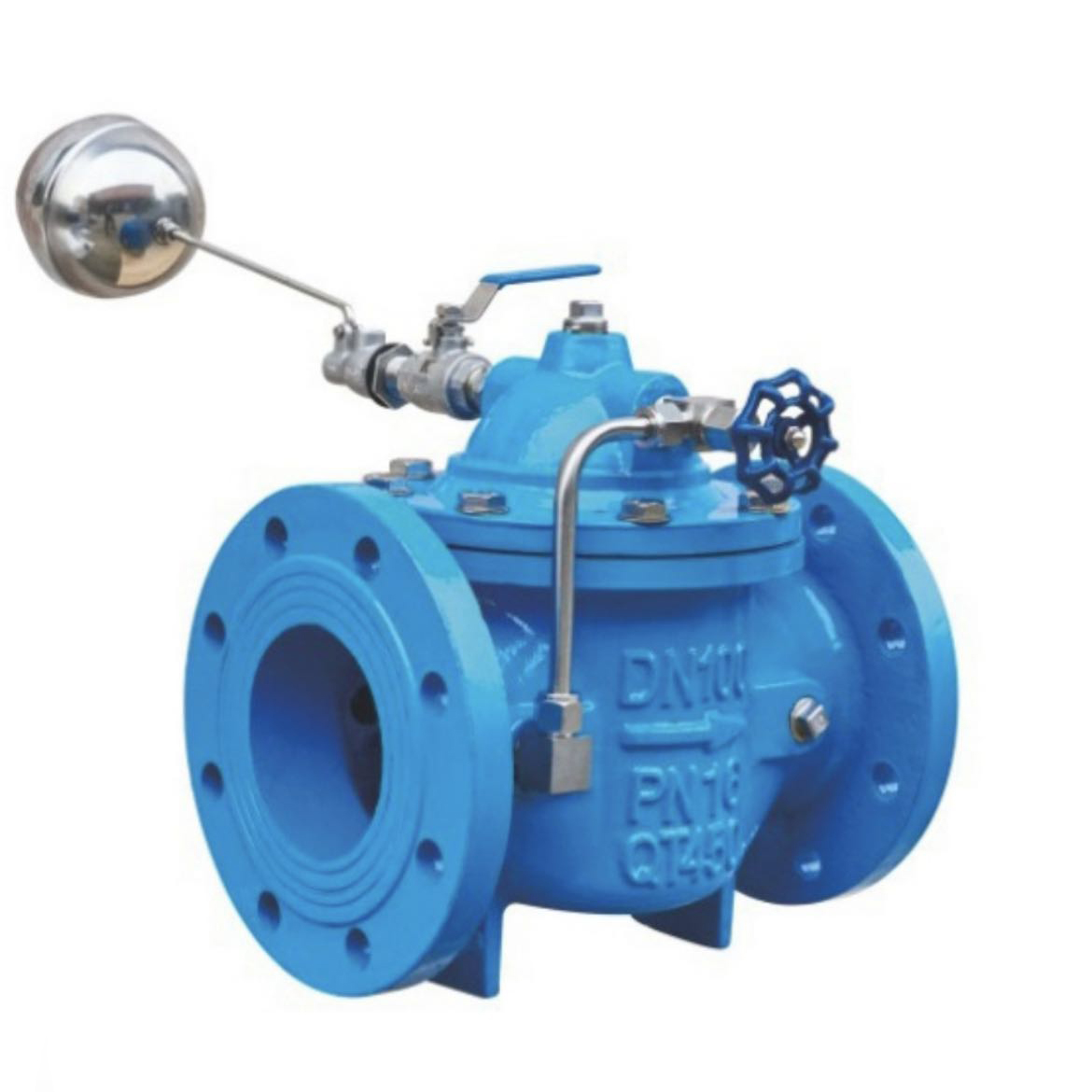Modulation float control valve
Modulating Float Control Valve
A Modulating Float Control Valve is an automatic valve designed to regulate fluid levels in tanks or reservoirs by modulating the flow based on real-time level changes. Unlike standard float valves, which function in an on/off manner, modulating float valves adjust gradually to maintain precise water levels.
Key Features
- Automatically regulates fluid levels in tanks and reservoirs
- Provides smooth modulation instead of abrupt opening/closing
- Prevents overflow and dry running of storage tanks
- Available in different materials (Stainless Steel, Carbon Steel, Alloy Steel)
- Suitable for high-pressure and large-capacity systems
Types of Modulating Float Control Valves
- Direct-Acting Float Control Valve – Uses a float mechanism directly connected to the valve
- Pilot-Operated Float Control Valve – Utilizes a pilot system for precise modulation
- Hydraulic Float Control Valve – Operates using hydraulic pressure for stable control
- Electric Modulating Float Control Valve – Uses electronic sensors for automation
Applications
- Water Storage Tanks – Maintains constant water levels without overflow
- Irrigation Systems – Ensures optimal water supply for agricultural fields
- Cooling Towers – Regulates water levels in industrial cooling processes
- Wastewater Treatment Plants – Prevents fluctuations in processing tanks
- Fire Protection Systems – Ensures adequate water supply in emergency tanks
Advantages
- Prevents water wastage by accurately controlling levels
- Reduces pump cycling for improved system efficiency
- Minimizes pressure fluctuations in distribution networks
- Enhances operational safety by preventing overflow or emptying
- Works with various flow rates and pressure conditions
Maintenance & Safety Tips
- Regularly inspect the float mechanism for proper operation
- Check for debris buildup that may affect modulation
- Ensure proper calibration to maintain accurate water levels
- Verify pressure settings for compatibility with system requirements
- Follow manufacturer guidelines for routine servicing
